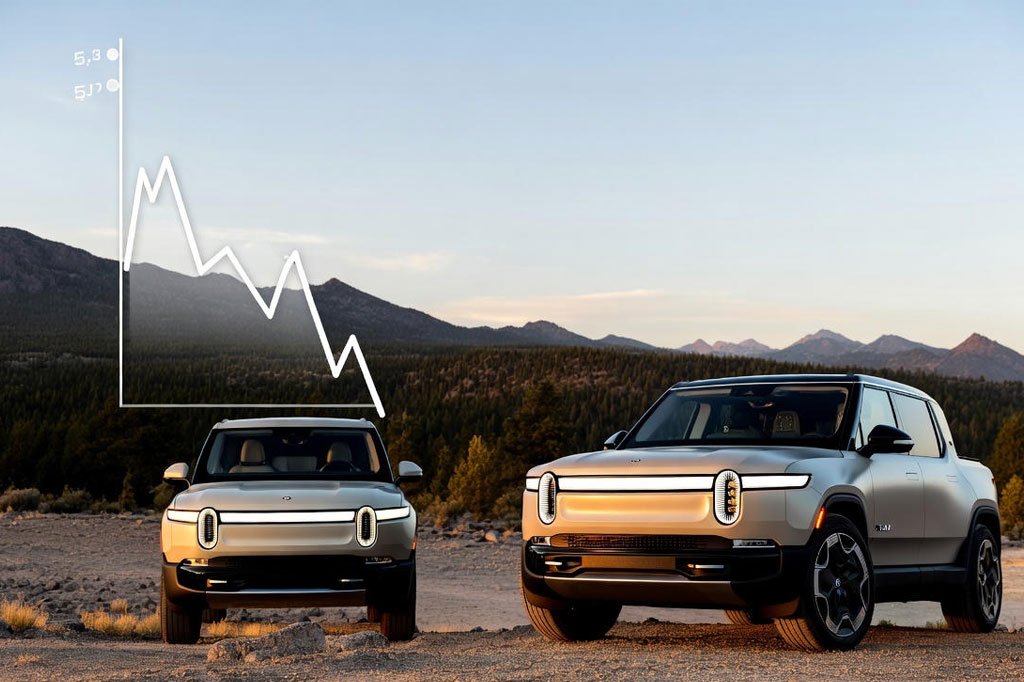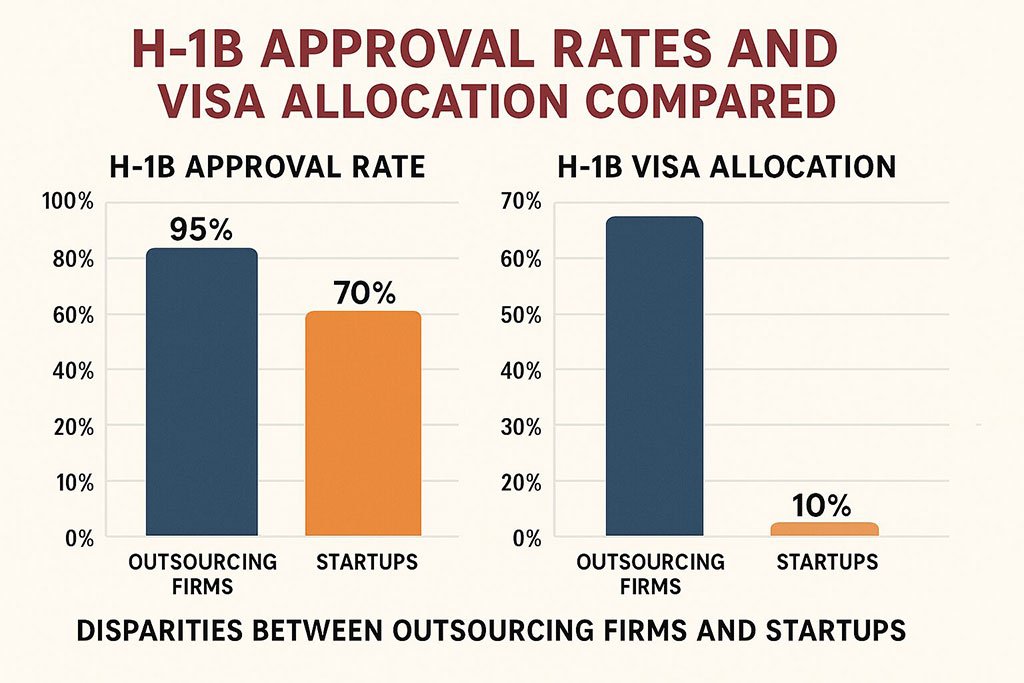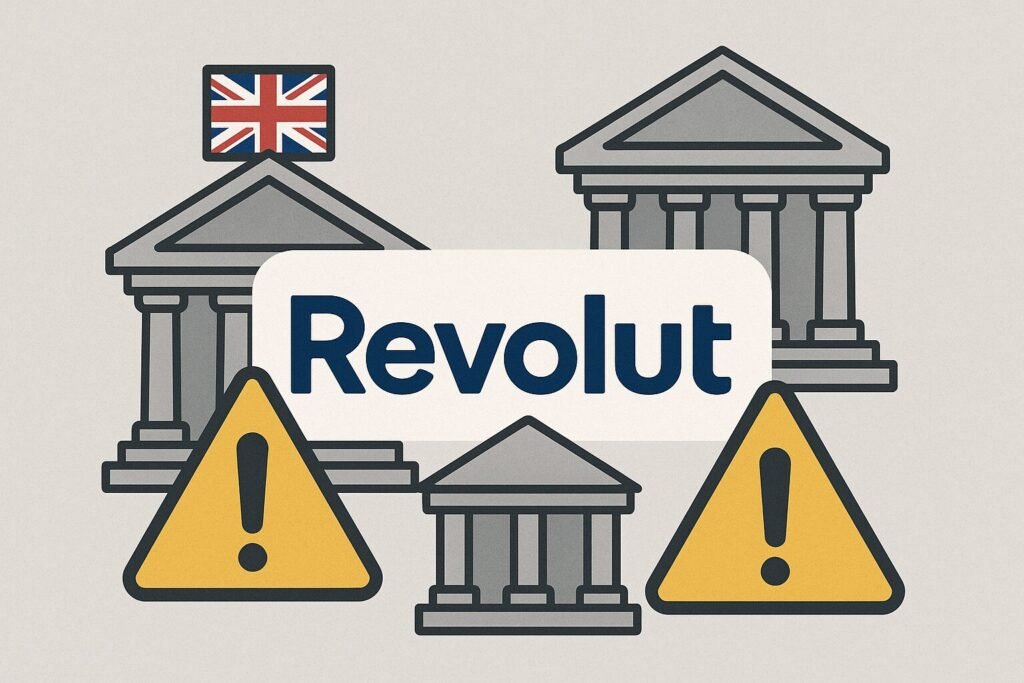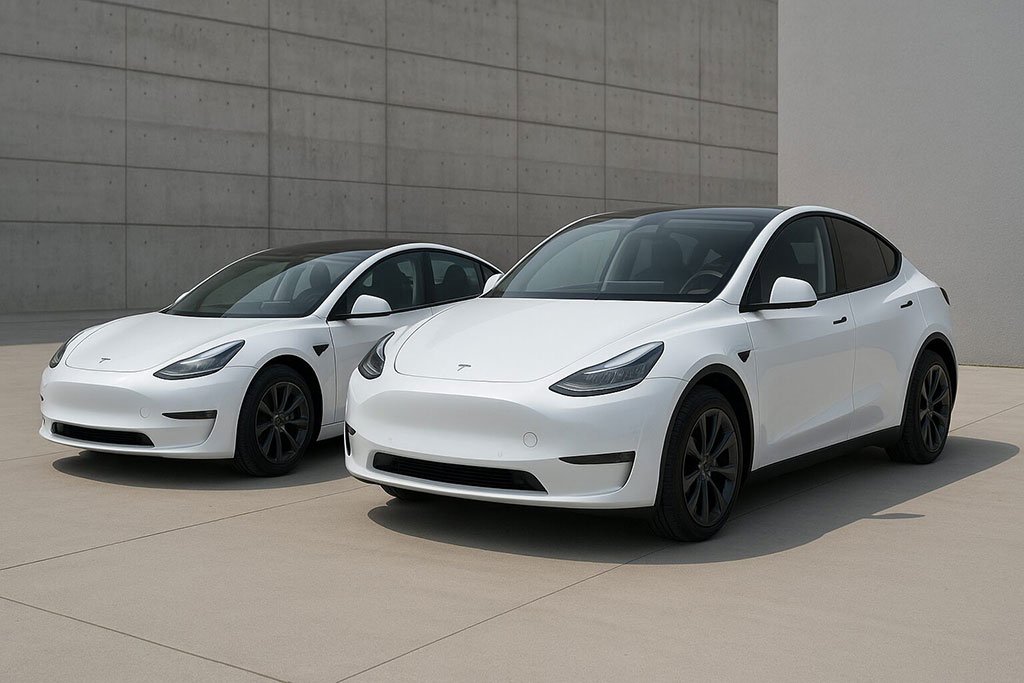Now Reading: Rivian’s most favorable 2025 sales forecast still signals a 16% year-over-year decline.
-
01
Rivian’s most favorable 2025 sales forecast still signals a 16% year-over-year decline.
Rivian’s most favorable 2025 sales forecast still signals a 16% year-over-year decline.

A Sobering Forecast from a Rising EV Challenger
Rivian, once celebrated as one of the most promising challengers to Tesla in the electric vehicle (EV) space, has issued its latest sales guidance for 2025—and the numbers aren’t exactly reassuring. Even under its most optimistic scenario, the company anticipates a 16% year-over-year decline in sales compared to last year.
This signals more than just a temporary setback. It raises critical questions about whether Rivian can maintain its momentum in an increasingly competitive EV market, where demand growth is slowing and competition from both established automakers and new entrants is intensifying.
Rivian’s Current Position in the EV Landscape
Rivian has built its reputation on adventure-focused EVs like the R1T electric truck and R1S SUV, appealing to consumers who want rugged utility combined with clean technology. With significant backing from major investors, including Amazon, Rivian has been viewed as a potential leader in next-generation mobility.
But scaling EV production is expensive, and Rivian’s financials show just how costly the race to mass-market adoption can be. The company has been investing heavily in production capacity, supply chain stability, and service networks—moves necessary for long-term growth but burdensome in the short term.
Why Rivian’s Sales Forecast Matters
EV Market Cooling
The decline forecast highlights a broader reality: EV demand growth is slowing globally. Inflation, higher interest rates, and reduced government subsidies in some markets have dampened consumer appetite.
Intensifying Competition
Tesla continues to dominate EV sales, while legacy automakers like Ford, GM, and Volkswagen are rolling out competitive models at lower price points. Rivian, positioned in the premium segment, faces the challenge of balancing brand value with affordability.
Production & Supply Challenges
Despite progress, Rivian is still ramping up manufacturing. Any bottleneck—whether in battery supply, parts sourcing, or logistics—directly affects output.
What Analysts Are Saying
Many industry analysts see Rivian’s guidance as a strategic reset rather than a collapse. By issuing a cautious forecast, the company may be managing expectations and signaling to investors that it is focused on sustainable growth rather than chasing unrealistic numbers.
Others worry that this decline could indicate deeper structural issues, particularly if Rivian struggles to achieve profitability while demand softens.
Amazon’s Stake in Rivian
Amazon, one of Rivian’s largest shareholders, has been deploying Rivian’s electric delivery vans across its logistics network. While this provides a steady stream of demand, it also ties Rivian closely to one major client. For long-term resilience, Rivian must broaden its customer base and retail adoption.
Pros & Cons of Rivian’s Position
Pros:
-
Strong brand identity in adventure/lifestyle EVs
-
Backing from Amazon and major investors
-
Growing charging and service infrastructure
Cons:
-
Projected sales decline despite EV market growth potential
-
High production costs and ongoing losses
-
Reliance on premium pricing in a cost-sensitive market
Global EV Trends Impacting Rivian
-
China’s dominance: With BYD and other Chinese manufacturers aggressively pricing EVs, global competition is heating up.
-
Policy shifts: In the U.S. and Europe, tax credits and subsidies are changing, affecting consumer affordability.
-
Consumer sentiment: Many buyers are waiting for cheaper, longer-range EVs before making the switch.
Rivian’s 2025 forecast underscores the harsh realities of scaling in the EV market. The projected sales decline doesn’t necessarily mean Rivian is faltering—it may reflect a transitional period where the company focuses on long-term stability over short-term growth.
For consumers, this forecast is a reminder that while the EV revolution is real, it will not be without challenges. For investors, it’s a signal to watch closely as Rivian navigates its next phase.
FAQs
1. Why is Rivian forecasting a sales decline in 2025?
Due to market headwinds, rising costs, and production challenges, Rivian expects fewer deliveries compared to last year.
2. Does this mean Rivian is failing?
Not necessarily. The company may be recalibrating expectations while still working toward sustainable growth.
3. How does Rivian compare to Tesla?
Tesla remains the market leader, but Rivian differentiates with adventure-focused EVs like trucks and SUVs.
4. What role does Amazon play in Rivian’s success?
Amazon is a major shareholder and customer, purchasing electric delivery vans for its logistics fleet.
5. Will EV demand continue to grow globally?
Yes, but at a slower pace due to policy changes, consumer hesitancy, and economic pressures.
6. Is Rivian profitable?
No. Rivian is still operating at a loss, though it continues to invest in scaling operations.
7. What challenges does Rivian face?
High production costs, supply chain risks, and fierce competition from both startups and legacy automakers.
8. What opportunities remain for Rivian?
Expanding its consumer base, leveraging Amazon’s fleet orders, and growing infrastructure for charging and service.
9. Could Rivian recover sales beyond 2025?
Yes, if it manages production efficiency and adapts pricing strategies to meet consumer demand.
10. How should investors view this forecast?
With caution but not panic. The EV market remains promising, but Rivian must prove its ability to scale profitably.
Subscribe to our newsletter for expert commentary, industry forecasts, and stories shaping the next generation of transport.
Disclaimer:
All logos, trademarks, and brand names referenced herein remain the property of their respective owners. Content is provided for editorial and informational purposes only. Any AI-generated images or visualizations are illustrative and do not represent official assets or associated brands. Readers should verify details with official sources before making business or investment decisions.































